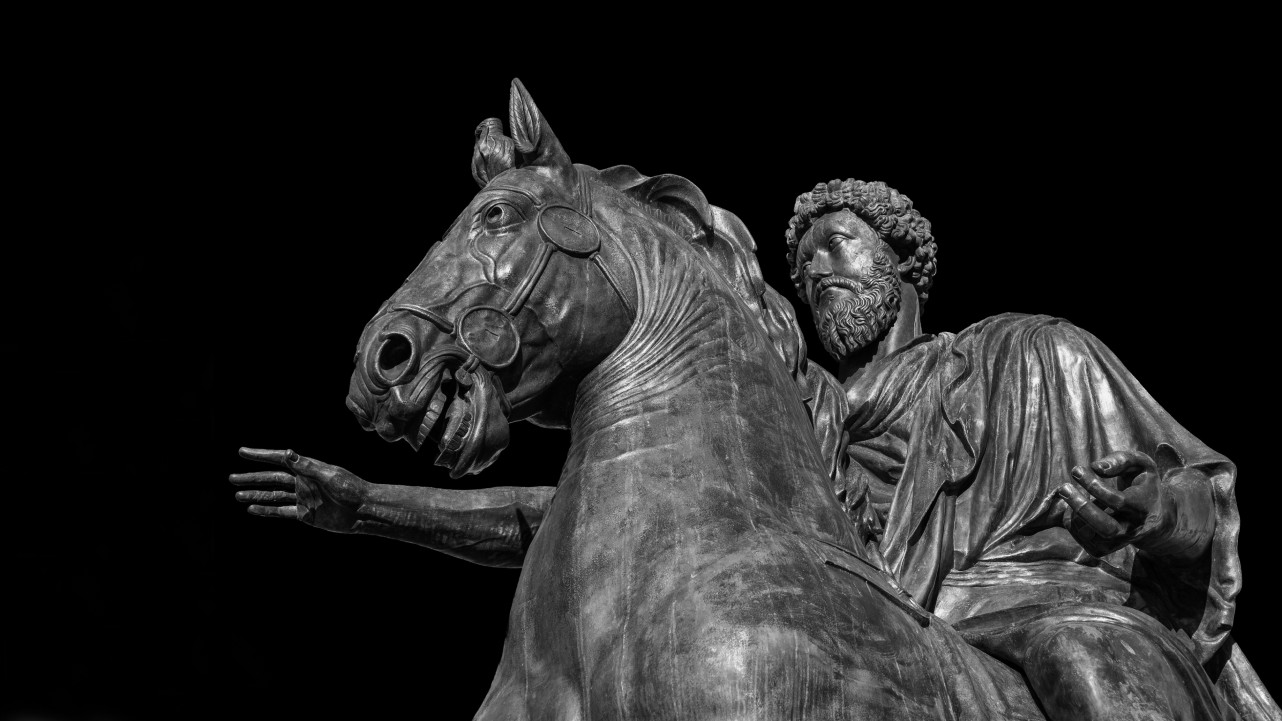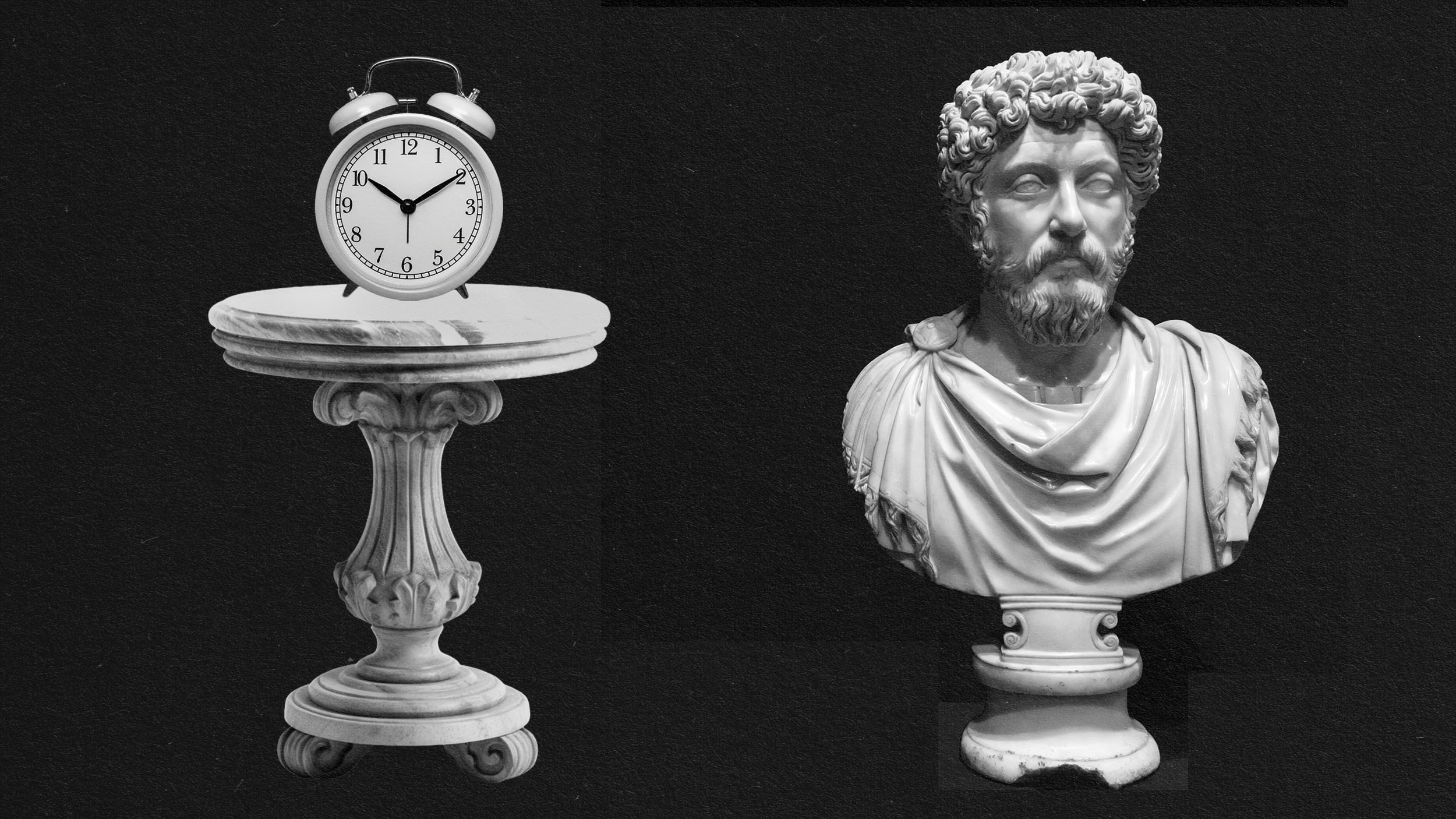Buddhism and Stoicism Are Closer Linked Than You’d Think

Two of the world’s oldest systems of thought, Buddhism and Stoicism, are at first sight as different as can be. Developed within a century or two of each other on separate continents, one was developed single handedly by an former royal family member while the other was devised by various Greek and Roman intellectuals from a wide range of social classes. Buddhism is commonly considered a religion, while stoicism is not. While there are three hundred million self proclaimed Buddhists in the world, it is harder to find a person who declares themselves to be a stoic in a philosophic sense.
However, despite these differences, both philosophies share a great deal, to the point where their key ideas are fundamentally in agreement.
Those details begin with how both systems seek to reduce suffering by helping us to better understand the world and how we interact with it.
For the stoic, all happiness is internal. The ideal stoic is just as happy with great wealth as they are in poverty. As the extremely wealthy Marcus Aurelius put it, “Almost nothing material is needed for a happy life, for he who understands existence”. The “goal” of stoic teachings is to help the individual move past reaction to external events and find true peace of mind. Stoic philosopher Epictetus even laid out a guide for practicing a stoic response to tragedy, saying we should imagine tragedies, such as the death of our loved ones, long before they occur. So we are prepared for it when it happens.
Likewise, Buddhism seeks to liberate the individual from suffering. This is done in many ways, as Buddhism has so many branches, but the basic principles are the same. Understanding that all beings move towards desire and away from pain- and that this method will fail in the long run. One must, instead, overcome desire and attachment, the causes of reaction when the world doesn’t go our way, and then you will find enlightenment.
In addition, both schools of thought are widely praised and practiced for their pragmatic aspects. Many athletes, including Apolo Ohno, turn to stoic ideas to help them focus on their performance rather than the outcomes. Likewise, Buddhism is often viewed as an extremely practical religion with a focus on how to live now rather than in the next world. Buddhism moreover preaches the value of meditation of various kinds. At heart one doesn’t need to be a Buddhist to practice meditation, which can bring benefits that are well known.
There are a few major differences between the two schools that are worth mentioning. Many Buddhists believe in karma and reincarnation, the stoics did not; and saw acceptance of death as a key part of life. In Stoicism the solution to suffering is following reason to the end; Buddhism offers the solution of overcoming desire
Would the renowned Roman stoic Marcus Aurelius be a Buddhist today? Perhaps not, as his worldview, while similar to the Buddhist outlook, was extremely grounded in Greco-Roman thought and experience. However, the similarities between the two schools brings to mind a familiar quote, “great minds think alike”. The two royal philosophers, Siddhartha Gautama and Marcus Aurelius, would find much room for agreement and would find the other quite virtuous.





